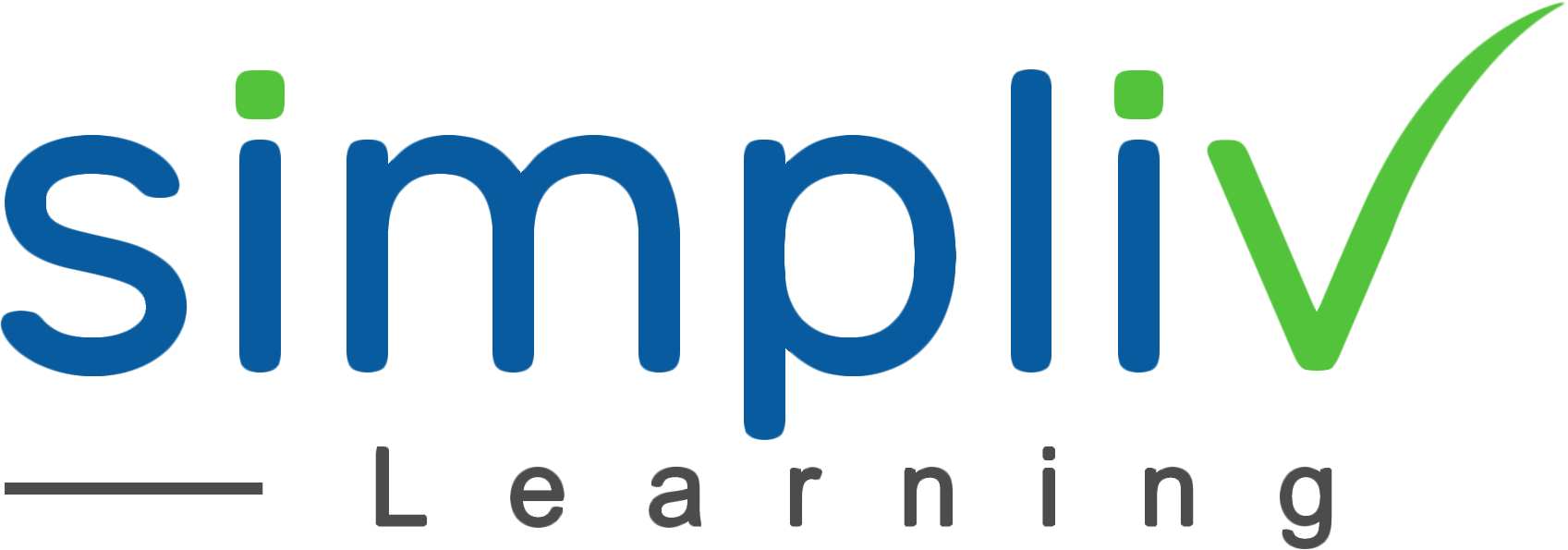CISSP Certification Training
To become a Certified Information Systems Security Professional, our CISSP training Course will help you to practice and make stronger your knowledge and pass the CISSP exam which is held by the (ISC)2. Accelerate your cybersecurity career with one of the most in-demand CISSP Certification
Other / General
35 Hours
Description
CISSP is the most renowned certification in the information security domain. Our CISSP certification training program aims to equip participants with in-demand technical and administrative competence to design, architect, and manage an organization’s security posture by applying internationally accepted information security standards. The training offers an in-depth understanding of eight domains that comprise CISSP common body knowledge (CBK) and prepares you for the CISSP exam held by the (ISC)2.
Note:
CISSP® is a registered mark of The International Information Systems Security Certification Consortium ((ISC)2).
Course Objectives
Competently identify and handle security threats
Thoroughly understand the 8 essential core domains of the common body of knowledge
Target Audience
Chief Information Security Officer
Chief Information Officer
Director of Security
IT Director/Manager
Security Systems Engineer
Security Analyst
Security Manager
Security Auditor
Security Architect
Security Consultant
Network Architect
IT professionals who wish to take up the CISSP Exam
Basic Understanding
CISSP Exam Prerequisites
Candidates who wish to take up the Certified Information Systems Security Professional (CISSP) exam have a minimum 5 years of work experience in two or more of the 8 domains prescribed by ISC2 in their CISSP Common Body of Knowledge (CBK)
There can be a waiver of 1 year from the required 5-year experience if the candidate has a 4-year college degree or any additional certification credential from ISC2 approved course list.
Course Content
No sessions available.
Coupons
Live Support
Call
+510-849-6155
Mail to
support@simplivlearning.com
